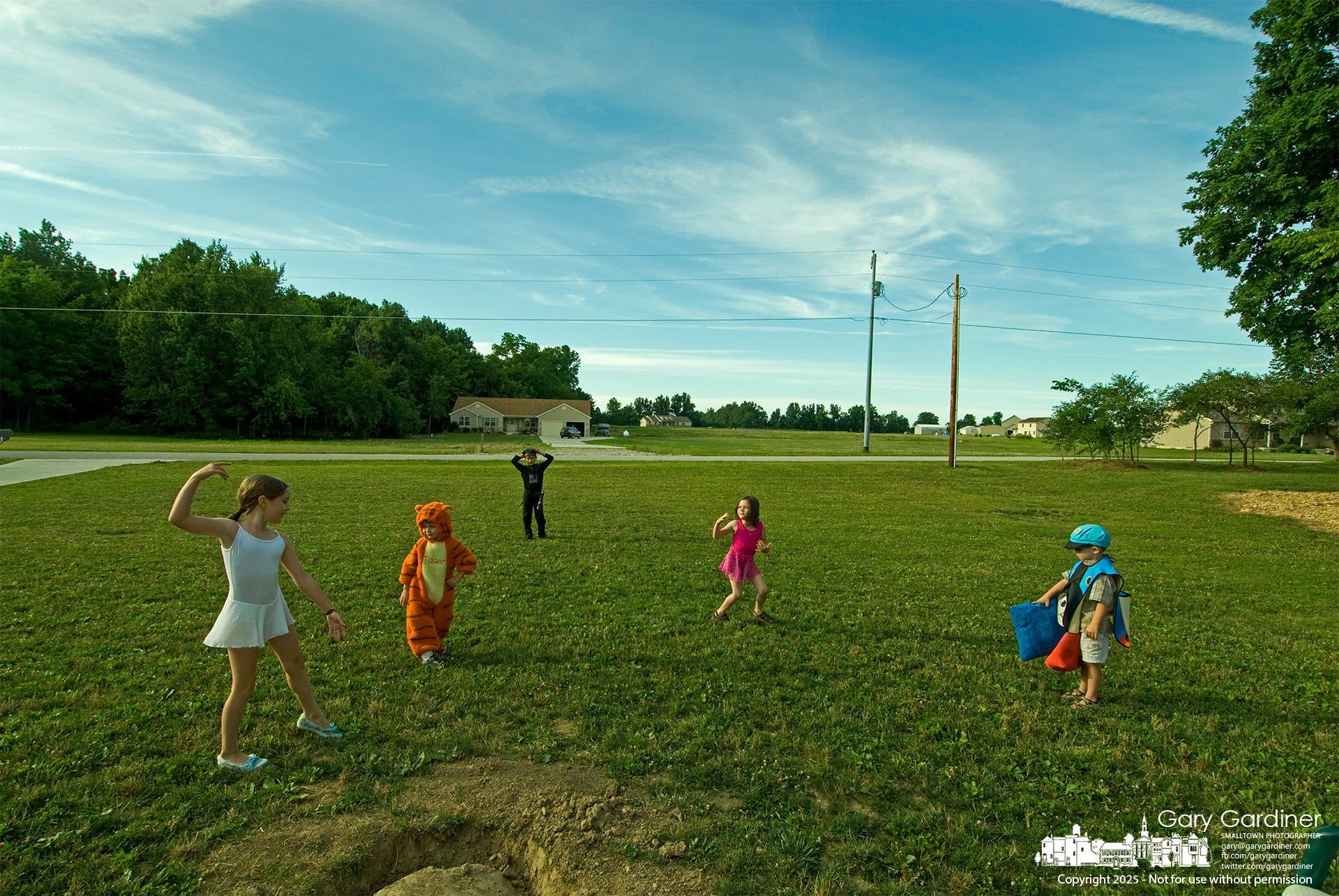Finding A Voice: The Power of a Distinct Photographic Style
Having a distinct style doesn’t just help my work stand out—it helps me connect with myself, my subjects, editors, and readers. An editor at the Ft. Lauderdale News once told me she always knew I was the photographer behind certain assignments. She recognized my style—it showed in the photos. Mine were very different from those of the other photo staffers.
Over the years, I’ve learned that mastering the mechanics of photography—composition, lighting, and timing—is only the beginning. The real challenge, and the deeper reward, lies in discovering and refining a personal style. This style isn’t something you force; it develops over time through observation, consistency, and a deep connection to the world around you. For me, that world has often consisted of small towns, quiet streets, open fields, and fleeting, ordinary moments that most people overlook without a second glance.
Some of my work focuses on in-between spaces—the moments just before or after something happens, and the places that feel still even when filled with evidence of human life. I find beauty in what is often overlooked: costumed children playing in a field, folding chairs laid along a fence at a summer event, or a lonely boat ramp under an overcast sky. These scenes draw me in, not because they are dramatic, but because they are real. They hold a sense of place and time that resonates deeply with me.
When I compose an image, I consider how much space to allocate to the subject. I often allow the landscape or sky to occupy more area than necessary. Negative space is powerful—it gives the subject room to breathe and invites the viewer to engage with the entire scene. I also look for visual anchors that create subtle compositional geometry, guiding the eye through the frame without dictating how the viewer should feel.
My photographic approach often centers on natural, available light—whether soft and understated or more contrasty and prominent. Light is the essential, unseen collaborator in every image. It reveals form and character, shaping what we see and how we feel.
Even when light becomes a strong visual element—casting dramatic shadows or highlighting texture—it must enhance the narrative rather than distract from it.
While the subject may seem to be the focal point, its presence is defined by the deliberate interplay of light and shadow. Light becomes an intrinsic part of the narrative, silently shaping the story regardless of its intensity.
Timing is less about capturing peak action and more about catching a feeling. I’ve always been drawn to scenes that feel paused—on the edge of something happening, or just after something has ended. That stillness often tells the deeper story. It invites the viewer to linger, ask questions, and reflect.
I didn’t set out to create a style, but after years of shooting, I began to notice patterns. Certain compositions, color palettes, and subjects kept reappearing. I realized I wasn’t just documenting the world—I was interpreting it in a way that felt unmistakably mine.
When someone sees one of my photos and says, “That looks like one of yours,” it’s not just flattering—it’s affirming. It means my images are doing what I hope they’ll do: creating a sense of familiarity, reflection, and authenticity. Whether I’m publishing a daily photo, showing work in a gallery, or sharing with neighbors and friends, I want my photos to feel like part of a larger conversation—one rooted in place, in memory, and with time.
Of course, finding a style isn’t a destination—it’s an ongoing process. I’m always learning, always adjusting. Sometimes I give myself creative constraints—shooting only with one lens or during specific times of day—to challenge my eye and stay fresh. I pay attention to what draws me in, what scenes make me pause and lift the camera. And I try to stay true to that instinct, even when the result isn’t flashy or conventionally beautiful.
My style is simply how I see the world—and how I choose to share it. It’s shaped by my environment, my experiences, and my desire to preserve moments that might otherwise fade. I don’t photograph to impress; I photograph to remember, document, and quietly say: this mattered.
If there’s any advice I can give photographers trying to find their own voice, it’s this: Be patient. Pay attention to what you’re drawn to. Study your own work as much as you study others’. And above all, make photos that feel like you. That’s when the magic happens—when your style stops being something you aim for, and starts being something you live.
My Final Photo News is a reader-supported publication. By becoming a free or paid subscriber, you receive new posts and play a crucial role in supporting my photography and commentary. Please subscribe to The Westerville News and PhotoCamp Daily.





